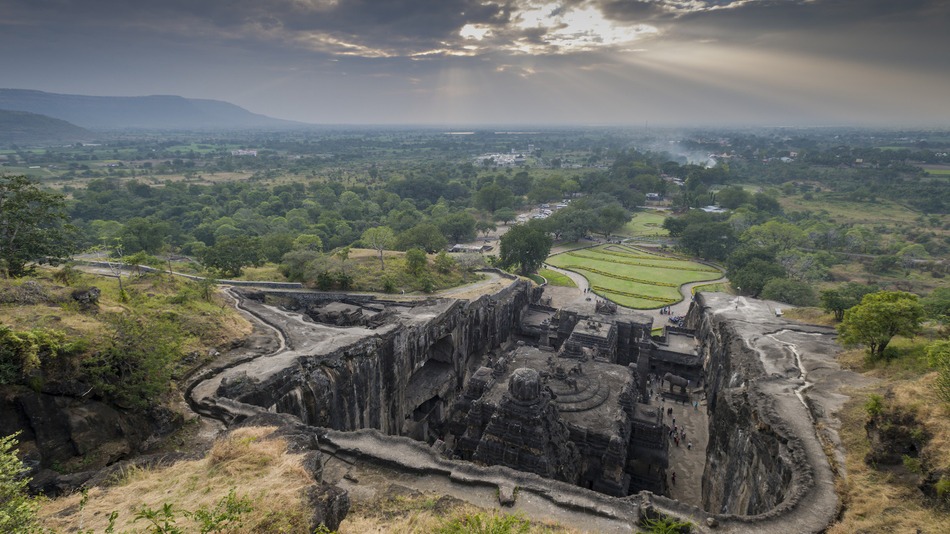Robert Celt
New Member
Indian archaeologists have discovered that hemp played a key role in preserving the ancient Ellora caves in the western state of Maharashtra. New findings have revealed that a mixture of hemp, clay and lime plaster prevented the UNESCO World Heritage site from decaying.
Hemp, locally known as ganja or bhang, played a key role in keeping the paintings at the sixth-century archaeological site intact, according to a new study by archaeologist Rajdeo Singh and botanist MM Desai. The two used techniques such as Fourier transform, infra-red spectroscopy and stereo-microscopic studies to conclude that cannabis sativa had helped in preventing insects at Ellora.
Built between the fifth and the tenth centuries, Ellora has a series of 34 Hindu, Buddhist and Jain caves, which represent the epitome of Indian rock-cut architecture. These include temples, monasteries as well as residential viharas and mathas, which have been carved out of solid rock from the region's Charanandri Hills.
In contrast, hemp wasn't used at the neighbouring Ajanta complex, which has a series of older 30 rock-cut Buddhist caves that are also a part of the UNESCO World Heritage site. The researchers say that as a result of this, insects have damaged around 25% of the paintings at Ajanta caves.
However, the use of cannabis in construction in India may still be a long way off. The cultivation, transport, possession and consumption of marijuana is banned under Indian law. Legal experts say that the existing Narcotic Drugs and Psychotropic Substances Act will have to be amended before hemp can be used on a large scale for construction.

News Moderator: Robert Celt 420 MAGAZINE ®
Author: Sonam Joshi
Photo Credit: Frank Bienewald
Website: Mashable
Hemp, locally known as ganja or bhang, played a key role in keeping the paintings at the sixth-century archaeological site intact, according to a new study by archaeologist Rajdeo Singh and botanist MM Desai. The two used techniques such as Fourier transform, infra-red spectroscopy and stereo-microscopic studies to conclude that cannabis sativa had helped in preventing insects at Ellora.
Built between the fifth and the tenth centuries, Ellora has a series of 34 Hindu, Buddhist and Jain caves, which represent the epitome of Indian rock-cut architecture. These include temples, monasteries as well as residential viharas and mathas, which have been carved out of solid rock from the region's Charanandri Hills.
In contrast, hemp wasn't used at the neighbouring Ajanta complex, which has a series of older 30 rock-cut Buddhist caves that are also a part of the UNESCO World Heritage site. The researchers say that as a result of this, insects have damaged around 25% of the paintings at Ajanta caves.
However, the use of cannabis in construction in India may still be a long way off. The cultivation, transport, possession and consumption of marijuana is banned under Indian law. Legal experts say that the existing Narcotic Drugs and Psychotropic Substances Act will have to be amended before hemp can be used on a large scale for construction.

News Moderator: Robert Celt 420 MAGAZINE ®
Author: Sonam Joshi
Photo Credit: Frank Bienewald
Website: Mashable


